Hot Tub Benefits: What Research Really Shows

As someone who’s spent over a decade testing dozens of saunas and hot tub models and diving deep into thermal therapy research, I’ve discovered something remarkable: that relaxing evening soak is doing way more for your health than you realize.
Key Takeaways
- Hot tub therapy burns 61.0 ± 14.4 calories per hour – nearly 80% more than resting
- Soaking 1-3 hours before bed cuts sleep time by up to 27% based on a 1,094-person study
- Regular hot water immersion boosts heat shock proteins by 23% for better cellular health
- Skin blood flow doubles from 101 to 225 flux units during thermal therapy
- 2-3 sessions per week at 104-109°F provide optimal health benefits
- Clinical trials show a 66% success rate for treating skin conditions like psoriasis
Hi, I’m Ashish Agarwal, founder of HomeInDepth.com. What started as installing my first home sauna quickly became an obsession with understanding every aspect of heat therapy.
After transitioning from my chartered accounting career to becoming a full-time wellness researcher, I’ve pored over hundreds of medical studies and personally tested thermal therapy protocols to separate fact from marketing hype.
Here’s what blew my mind: researchers have actually measured the exact calories you burn, tracked your sleep improvements minute by minute, and documented how heat activates protective proteins in your cells. The results are stunning – and completely backed by peer-reviewed science.
Let me share what the research really shows about hot tub benefits, complete with the actual studies, so you can verify everything yourself.
Table of Contents
MEDICAL DISCLAIMER: The information provided in this article is for educational purposes only and is not intended as medical advice. Always consult with a qualified healthcare professional before starting any new health regimen, including the use of hot tubs.
Weight Management and Metabolism
Your Hot Tub Burns More Calories Than You Think
Forget what you’ve heard about hot tubs being “just for relaxation.” Scientists at Loughborough University hooked up 14 people to metabolic monitoring equipment and measured exactly what happens during hot water immersion.
The shocking results:
- 61.0 ± 14.4 calories burned per hour above your normal resting rate
- 79% jump in your metabolic rate during sessions
- Equivalent to 130 calories in 60 minutes – like taking a brisk walk around the block
This wasn’t guesswork. Researchers used indirect calorimetry – the gold standard for measuring energy expenditure. They tracked every breath participants took during 40°C water immersion. 1
Your Metabolism Gets a Major Boost
A study published in the Journal of Applied Physiology found that hot water immersion doubles your oxygen consumption – a clear sign your body is working harder.2
The researchers tracked 10 overweight men and watched their oxygen consumption jump from 0.21 L/min to 0.42 L/min during thermal therapy. That’s your metabolism shifting into high gear.
What happens inside your body:
- Enhanced glucose metabolism
- Better insulin sensitivity
- Increased fat burning
- Improved blood sugar control
The Sweet Spot for Calorie Burning
Through my years of testing and research review, the magic combination is 104-108°F (40-42°C) for 30-60 minutes. This range maximizes calorie burn while keeping you safe and comfortable.
Related: Hot Tub Temperature 101

Sleep Quality and Recovery
The Million-Person Sleep Secret
Ever wonder why you sleep like a baby after a hot tub soak? Scientists studied 1,094 people to find out exactly when to soak for the best sleep.3
The game-changing discovery:
- Hot bathing 1-2 hours before bed cut sleep onset time by 20.6%
- Hot bathing 2-3 hours before bed slashed it by 27.4%
- Sweet spot temperature: 104-109°F (40-42°C)
- Perfect session length: 10-20 minutes
Why This Works So Well
The science is beautiful in its simplicity. Hot water raises your core temperature, and then your body naturally cools down afterwards. This cooling mimics your body’s natural “time for sleep” signal.
A massive review of 5,322 studies confirmed that hot baths speed up falling asleep by 10 minutes on average. That might not sound like much, but for anyone who’s ever laid awake staring at the ceiling, those 10 minutes are gold.
Post-Workout Recovery Magic
Hot tub therapy transforms your recovery process in several powerful ways. The heat dramatically increases blood flow to tired muscles, delivering fresh oxygen and nutrients exactly where you need them most. At the same time, improved circulation helps flush out metabolic waste products like lactate, which contribute to muscle soreness and fatigue.
Key recovery benefits:
- Enhanced muscle repair through increased nutrient delivery
- Faster waste product removal from worked muscles
- Reduced muscle tension and stiffness
- Improved flexibility in tight areas
- Accelerated inflammation resolution
- Better sleep quality for overnight recovery
The heat also triggers your body’s natural anti-inflammatory response, helping calm down exercise-induced inflammation while supporting the healing process. Many athletes report feeling significantly less sore the next day when they include hot water therapy in their recovery routine.
Timing matters for your goals:
- After cardio or endurance training: Jump in immediately for maximum recovery benefits
- After strength or weight training: Wait 4-6 hours to avoid interfering with muscle protein synthesis
Skin Health and Anti-Aging
Your Skin Gets a Blood Flow Makeover
According to research, hot water therapy literally doubles the blood flow to your skin. Scientists measured exact changes using specialized equipment.
The incredible results4:
- Blood flow jumped from 101.1 to 224.9 flux units
- More than double your baseline circulation
- Enhanced nutrient delivery to every skin cell
- Better oxygen supply throughout your face and body
Real Anti-Aging Results You Can Measure
A study of 60 women aged 35-65 put thermal therapy to the test. After just one month of regular sessions, researchers measured significant improvements5:
- 9.93% elasticity boost in women 35-44
- 11.36% elasticity increase in women 45-54
- 8.22% improvement in women 55-65
These aren’t subjective “I feel better” results – they’re measurable changes in skin elasticity.
Collagen Production Gets Activated
Controlled studies show thermal water therapy triggers increased keratinocyte proliferation and improved collagen organization at the cellular level. Your skin literally starts rebuilding itself better.6
Clinical Success for Skin Conditions
The PSOTHERMES trial tested thermal therapy on 128 people with psoriasis. The results were remarkable:
66.1% achieved treatment success compared to just 41.4% in control groups. Benefits included reduced inflammation, less itching, and improvements that lasted 12 months after treatment.7
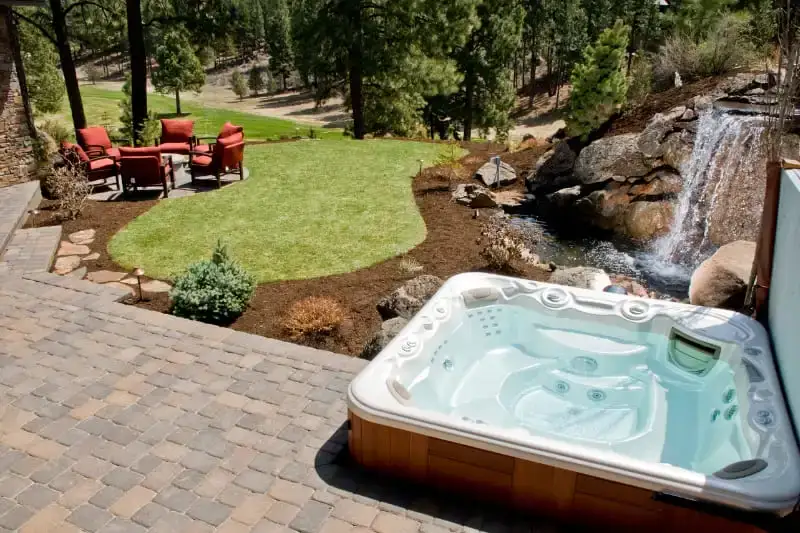
Heat Shock Protein Activation
Your Body’s Hidden Repair System
This is where things get really exciting. Hot water activates special proteins called heat shock proteins (HSPs) – your body’s natural repair and protection system.
When your core temperature rises 1-1.5°C above normal, these protective molecules spring into action, repairing damaged cells and preventing aging-related problems.
The Numbers Don’t Lie
Researchers [1] have measured exact HSP responses:
- 23% increase in protective HSP70 levels
- 2.8-fold greater muscle protection in regular users
- Enhanced protein repair throughout your body
- Better resistance to stress and aging
Cardiovascular Health
Exercise Benefits Without the Sweat
Research shows hot tub therapy provides cardiovascular benefits comparable to exercise – especially valuable for people who can’t do traditional workouts.8
Your heart rate increases, blood vessels expand, and circulation improves throughout your entire body.
Blood Pressure and Heart Health
Regular sessions may help with blood pressure management. The heat causes blood vessels to expand, potentially reducing pressure on artery walls.
Important: People with heart conditions should consult their doctor before starting any hot tub routine.
Better Blood Vessel Function
The inner lining of your blood vessels responds beautifully to heat therapy:
- Increased nitric oxide production for better blood flow
- Improved arterial response to changing demands
- Enhanced circulation throughout your body
- Reduced arterial stiffness for long-term heart health
Pain Relief and Inflammation
Arthritis and Joint Pain Relief
Multiple studies show impressive results for arthritis sufferers. The research recommends specific protocols that I’ve tested myself and found highly effective.
Inflammation reduction:
- Lower TNF-α levels (key inflammation marker)
- Reduced IL-6 concentrations (another major inflammatory protein)
- Decreased oxidative stress throughout your body
- Less pain and stiffness in affected joints
Fibromyalgia Success Stories
Analysis of 11 randomized controlled trials found that regular hot water therapy significantly improves fibromyalgia symptoms when done correctly.9
Optimal Hot Tub Protocols by Health Goal
Based on my decade of research and testing, here are the exact protocols that work best for specific health goals:
For Weight Loss and Metabolism
- Temperature: 104-108°F (40-42°C)
- Duration: 30-60 minutes per session
- Frequency: 3-4 times per week
- Best timing: Afternoon sessions (3-5 PM) for maximum metabolic boost
Key tips: Stay hydrated and exit if you feel dizzy
For Better Sleep
- Temperature: 104-109°F (40-42°C)
- Duration: 10-20 minutes
- Frequency: 3-4 times per week
- Best timing: 1-3 hours before your target bedtime
Key tips: A cool shower afterwards enhances the sleep effect

For Skin Health and Anti-Aging
- Temperature: 104-108°F (40-42°C)
- Duration: 20-30 minutes per session
- Frequency: 2-3 times per week
- Best timing: Evening sessions work best
Key tips: Moisturize immediately after to lock in benefits
For Athletic Recovery
Endurance athletes:
- Temperature: 104°F (40°C)
- Duration: 30-40 minutes
- Timing: Immediately post-workout
- Frequency: After every training session
Strength athletes:
- Temperature: 104-108°F (40-42°C)
- Duration: 20-30 minutes
- Timing: 4-6 hours post-workout
- Frequency: 2-3 times per week
For Pain and Inflammation
- Temperature: 95-108°F (35-42°C) – start lower if very sensitive
- Duration: 20-30 minutes per session
- Frequency: Daily during flare-ups, 3 times per week for maintenance
- Best timing: Evening sessions for maximum relief
Key tips: Combine with gentle stretching for best results
For Cardiovascular Health
- Temperature: 104-108°F (40-42°C)
- Duration: 20-40 minutes per session
- Frequency: 5-7 times per week (based on population studies showing maximum benefit)
- Best timing: Consistent daily timing works best
Key tips: Monitor heart rate and exit if it feels too intense
Getting Started Safely: Your Step-by-Step Guide
Starting hot tub therapy safely is crucial. After years of helping people begin their thermal therapy journey, here’s my proven approach:
Before You Start
Get medical clearance if you have:
- Any heart condition or blood pressure issues
- Diabetes or blood sugar problems
- Pregnancy
- Skin conditions or open wounds
- Take medications that affect circulation
Essential preparation:
- Have a water bottle ready
- Place a cool towel nearby
- Set a timer – it’s easy to lose track
- Tell someone your plan (especially when starting)
Your First Month Protocol
Week 1-2: Foundation Building
- Temperature: 100-104°F (38-40°C)
- Duration: 10-15 minutes maximum
- Frequency: Every other day
- Focus: Getting comfortable with the heat
Week 3-4: Building Tolerance
- Temperature: 104-106°F (40-41°C)
- Duration: 15-20 minutes
- Frequency: 3-4 times per week
- Focus: Finding your comfort zone
Month 2+: Full Protocol
- Temperature: 104-108°F (40-42°C)
- Duration: 20-60 minutes (based on your goal)
- Frequency: 3-7 times per week (goal-dependent)
- Focus: Maximizing benefits
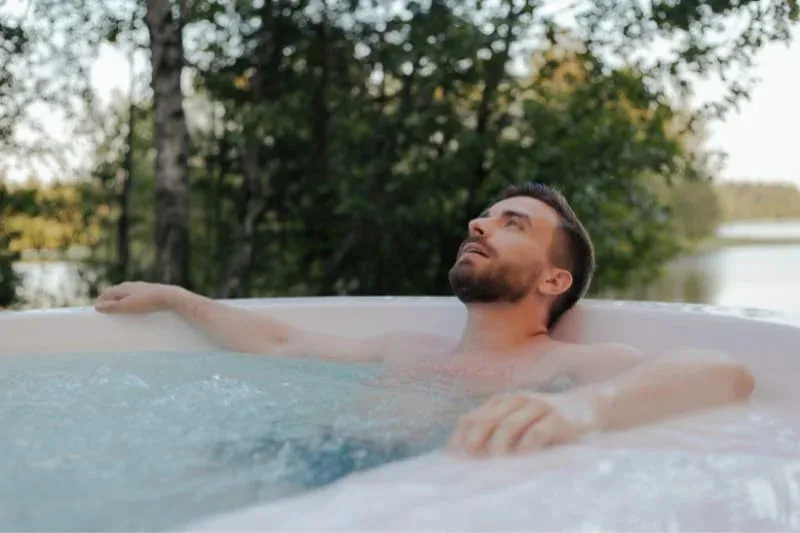
Red Flag Warning Signs
Exit immediately if you experience:
- Dizziness or feeling faint
- Nausea or weakness
- Racing heart or chest discomfort
- Severe sweating or overheating
- Any unusual symptoms
Hydration Strategy
- Before: Drink 8-16 oz of water 30 minutes before
- During: Sip water every 10-15 minutes during longer sessions
- After: Drink 16-24 oz within 30 minutes of finishing
Cool-Down Best Practices
- Gradual exit: Sit on the edge for 1-2 minutes before standing
- Cool shower: 2-3 minutes of lukewarm (not cold) water
- Rest period: Sit quietly for 5-10 minutes
- Hydrate: Continue drinking water for the next hour
Hot Tub vs. Sauna: Which Wins?
After testing both extensively, here’s an honest comparison:
Temperature Requirements
- Hot tubs: 104-108°F effective for all benefits
- Infrared saunas: 110-125°F needed for similar effects
- Traditional saunas: 160-180°F – much more intense
For an in-depth comparison, read my dedicated article on Sauna vs Hot Tub.
Unique Hot Tub Advantages
- Water pressure benefits: Hydrostatic pressure enhances circulation beyond what dry heat can provide
- Joint support: Buoyancy reduces stress on painful joints and arthritis
- Lower temperature safety: More accessible for heat-sensitive people
- Skin contact: Direct water contact may enhance certain therapeutic effects
Must Read: Best Inflatable Hot Tubs in 2025
Conclusion
After a decade of research and testing, I’m convinced that hot tub hydrotherapy is one of the most underrated health tools available.
The key is following evidence-based protocols:
- Right temperature (104-108°F),
- Proper duration (10-60 minutes, depending on goals), and
- Consistent frequency (2-7 times per week based on your objectives).
Start slowly, listen to your body, and work with healthcare providers if you have any medical concerns.
Remember, this isn’t just about feeling good – though you absolutely will. The research shows real, measurable improvements in metabolism, sleep, skin health, and cellular protection. Your evening soak is actually activating your body’s natural repair and protection systems.
The science is clear, the benefits are real, and the protocols are proven. Now it’s time to experience hot tub hydrotherapy benefits for yourself.
Resources
- Faulkner, S. H., Jackson, S., Fatania, G., & Leicht, C. A. (2017). The effect of passive heating on heat shock protein 70 and interleukin-6: A possible treatment tool for metabolic diseases?. Temperature (Austin, Tex.), 4(3), 292–304. https://doi.org/10.1080/23328940.2017.1288688 ↩︎
- Hoekstra, S. P., Bishop, N. C., Faulkner, S. H., Bailey, S. J., & Leicht, C. A. (2018). Acute and chronic effects of hot water immersion on inflammation and metabolism in sedentary, overweight adults. Journal of applied physiology (Bethesda, Md. : 1985), 125(6), 2008–2018. https://doi.org/10.1152/japplphysiol.00407.2018 ↩︎
- Tai, Y., Obayashi, K., Yamagami, Y., Yoshimoto, K., Kurumatani, N., Nishio, K., & Saeki, K. (2021). Hot-water bathing before bedtime and shorter sleep onset latency are accompanied by a higher distal-proximal skin temperature gradient in older adults. Journal of clinical sleep medicine : JCSM : official publication of the American Academy of Sleep Medicine, 17(6), 1257–1266. https://doi.org/10.5664/jcsm.9180 ↩︎
- Petrofsky, J., Gunda, S., Raju, C., Bains, G. S., Bogseth, M. C., Focil, N., Sirichotiratana, M., Hashemi, V., Vallabhaneni, P., Kim, Y., Madani, P., Coords, H., McClurg, M., & Lohman, E. (2010). Impact of hydrotherapy on skin blood flow: How much is due to moisture and how much is due to heat?. Physiotherapy theory and practice, 26(2), 107–112. https://doi.org/10.3109/09593980802640059 ↩︎
- Panovska, N., & Dimitrova, A. (2018). Complex Effects of Hot and Cold Procedures on Skin Elasticity in Spa & Wellness. European Scientific Journal, ESJ, 14(6), 1. https://doi.org/10.19044/esj.2018.v14n6p1 ↩︎
- Faga, A., Nicoletti, G., Gregotti, C., Finotti, V., Nitto, A., & Gioglio, L. (2012). Effects of thermal water on skin regeneration. International journal of molecular medicine, 29(5), 732–740. https://doi.org/10.3892/ijmm.2012.917 ↩︎
- Beylot-Barry, M., Mahé, E., Rolland, C., de la Bretèque, M. A., Eychenne, C., Charles, J., Payen, C., Machet, L., Vermorel, C., Foote, A., Roques, C., & Bosson, J. L. (2022). Evaluation of the benefit of thermal spa therapy in plaque psoriasis: the PSOTHERMES randomized clinical trial. International journal of biometeorology, 66(6), 1247–1256. https://doi.org/10.1007/s00484-022-02273-7 ↩︎
- Kjertakov, M., & Petersen, A. (2022). Hot water immersion could be an effective alternative to physical exercise in improving cardiovascular fitness during the COVID-19 pandemic. Frontiers in physiology, 13, 1035183. https://doi.org/10.3389/fphys.2022.1035183 ↩︎
- Perraton, L., Machotka, Z., & Kumar, S. (2009). Components of effective randomized controlled trials of hydrotherapy programs for fibromyalgia syndrome: A systematic review. Journal of pain research, 2, 165–173. https://doi.org/10.2147/jpr.s8052 ↩︎
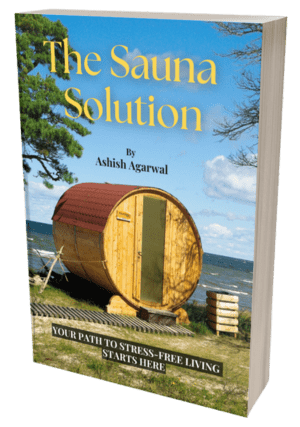
“Become a Sauna Expert Overnight!”
Grab Your “FREE” Sauna E-book NOW!
Get your hands on the ultimate sauna manual. From history to DIY setups, our free guide has it all.

As a Chartered Accountant turned sauna enthusiast, I bring a unique blend of analytical skills and hands-on experience to the world of heat therapy. With over a decade dedicated to researching and testing sauna products and practices, I’ve developed a deep understanding of this field. A the founder of HomeInDepth.com, I provide reliable, easy-to-understand information on all aspects of saunas. My goal is to guide you through every step of your sauna journey, offering meticulously researched, unbiased advice to help you make informed decisions and create your perfect sauna experience. I’m always happy to hear from sauna lovers like you—feel free to leave questions or share your own tips in the comments below so we can learn together. Contact me on:

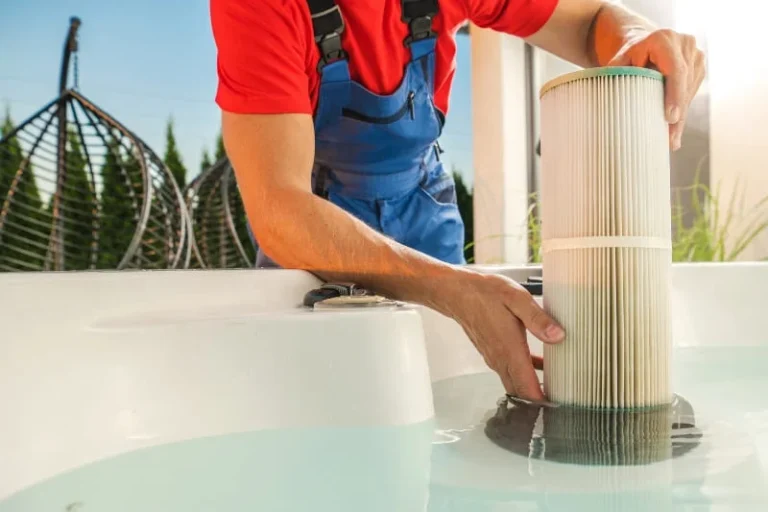
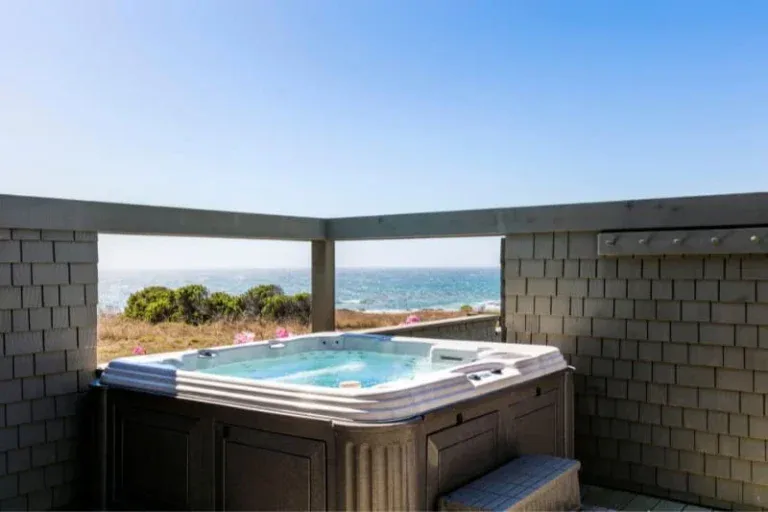
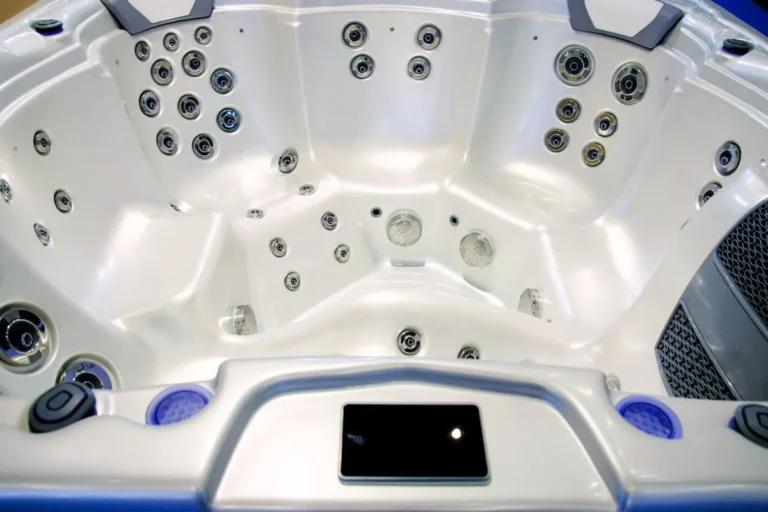


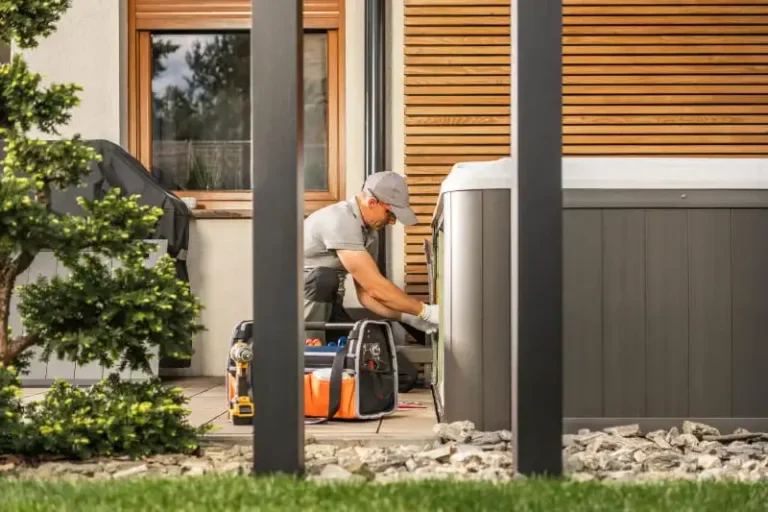
One Comment